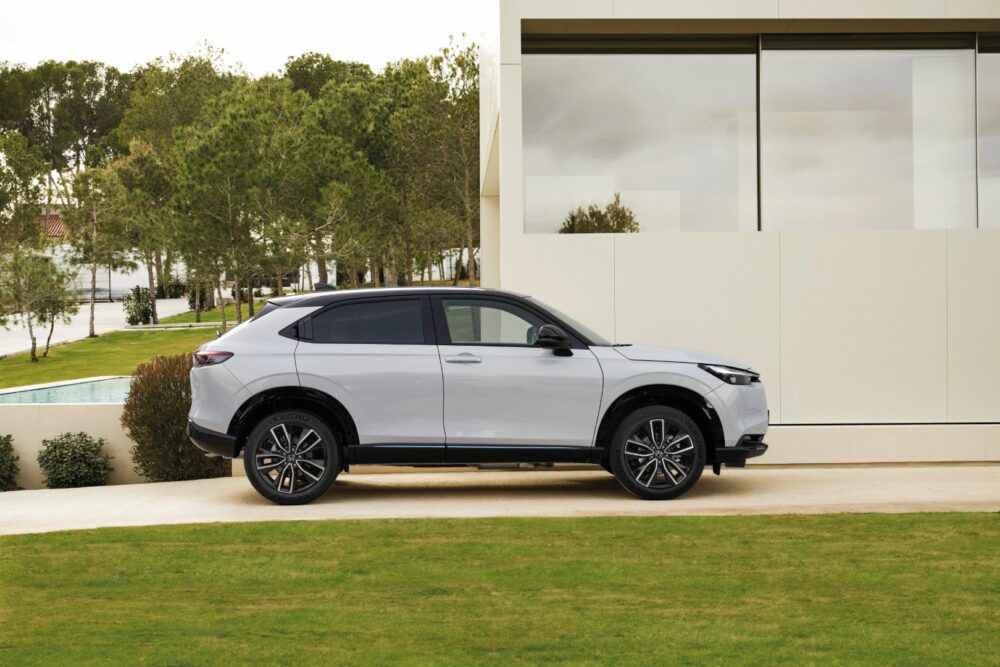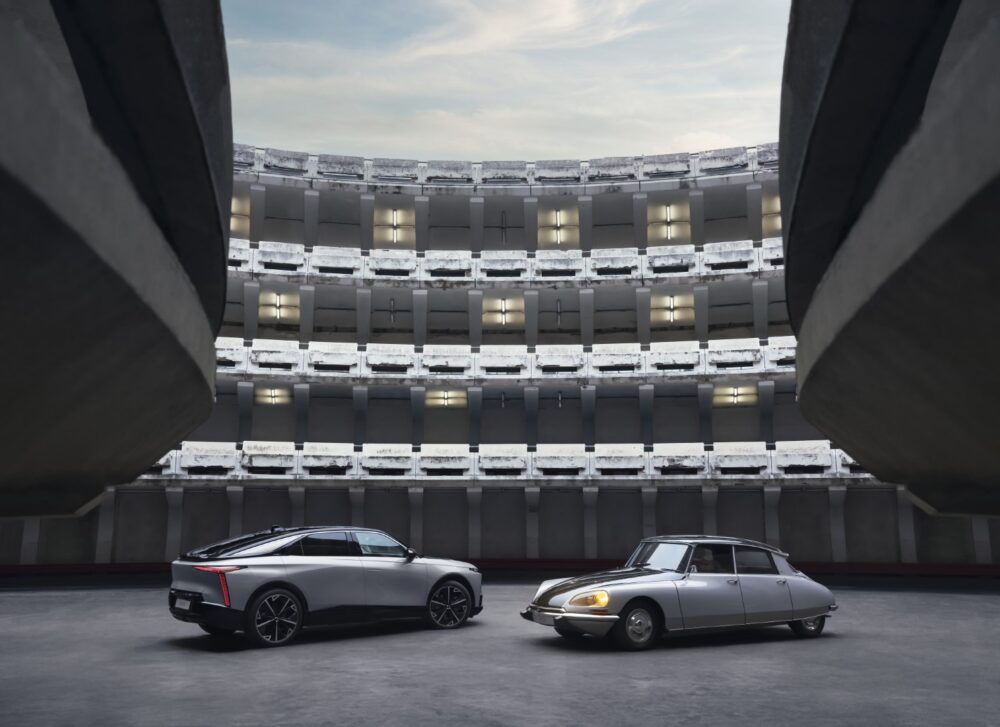Market: CO2 emissions now at 123.6 g/km
THERE IS SOMETHING HAPPENING The average CO2 emissions of new passenger cars in Switzerland and the Principality of Liechtenstein fell by no less than 10.5 percent in 2020 compared to the previous year, to 123.6 grams per kilometer. From the point of view of auto-schweiz, the figures from the Swiss Federal Office of Energy prove the success of the automotive industry's efforts to reduce carbon dioxide emissions [...]

From the point of view of auto-schweiz, the figures from the Swiss Federal Office of Energy demonstrate the success of the automotive industry's efforts to reduce carbon dioxide emissions from new vehicles. The sharp decline is also due to the overachievement of auto-schweiz's 10/20 target.
Difficult changeover for light commercial vehicles
In parallel with the reduction in targets for new passenger cars, a CO2 target value for light commercial vehicles LNF of 147 grams per kilometer was set for the first time in Switzerland and Liechtenstein in 2020. Average CO2 emissions for LNF have also fallen by 2.8 percent compared to 2019, to 176.4 grams.
In the case of vans and delivery trucks, the conversion of the fleet to (partially) electric drives is more difficult because the technical requirements for the vehicles are often higher than for passenger cars. This primarily concerns issues such as range, charging times, payload and acquisition costs.
However, as with passenger cars, the range of models and drives is currently growing strongly. Failure to meet the 2020 target values will result in total penalty payments of 148.2 million Swiss francs (PW: 132.5 million, LNF: 15.7 million).
Stronger political support is needed above all
Christoph Wolnik of the Swiss Automobile Importers Association auto-schweiz: "Our members offer countless models that have hybrid, electric, gas or fuel cell drives. In the first half of 2021, the share of these drives in passenger cars will already be 39 percent, and 18.2 percent of new cars will be rechargeable via the power grid. For these vehicles, greater support is needed above all from policymakers, especially in the area of charging and refueling infrastructure. Those who can't charge at home or at work generally don't buy an electric car."









